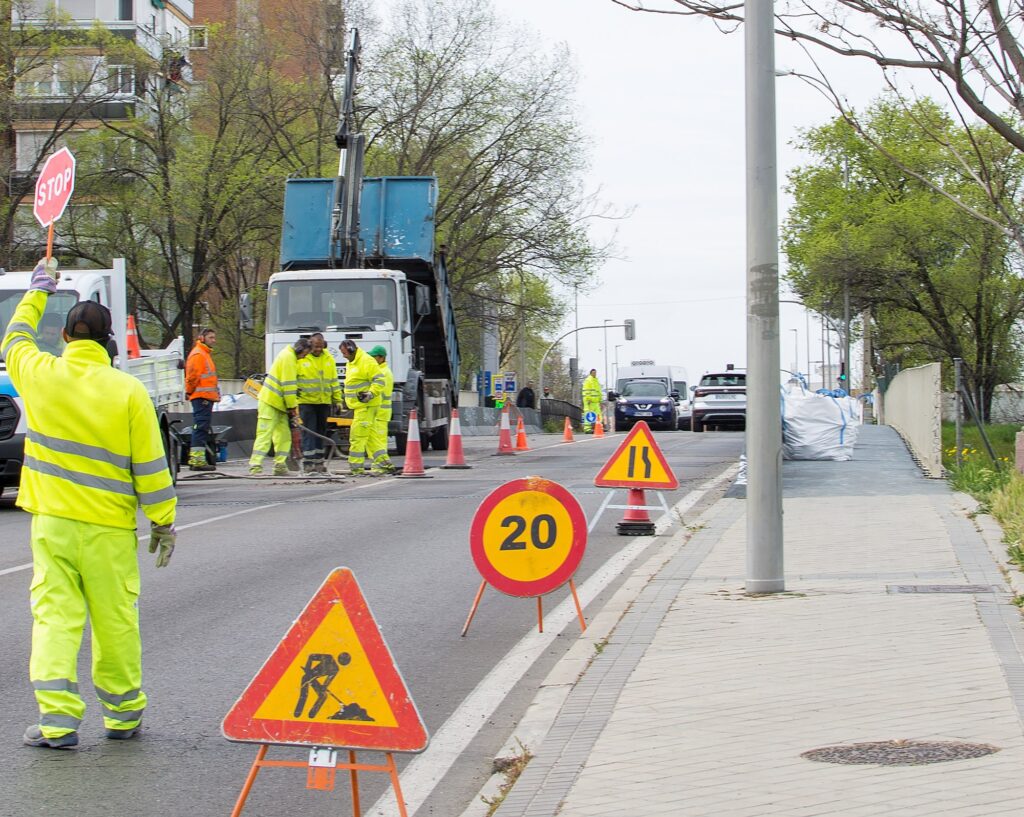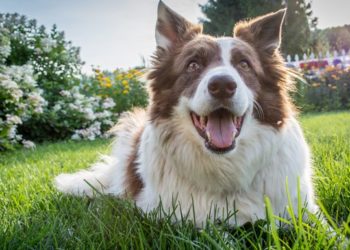Streetworks keep the country running. Pipes get repaired, cables are laid, and pavements are reinstated. Yet the work must follow the law and protect the public. The New Roads and Street Works Act (NRSWA) sits at the centre of that system. It defines who may work on the highway and how those works must be controlled.This guide explains NRSWA training in clear terms. It shows what each course covers and who needs which unit. It also sets out the current rules for the SWQR card, reassessment timelines, and the role of the Red Book. Consequently, you can choose the right path and stay compliant.
What the law requires
The Safety at Street Works and Road Works: A Code of Practice – known as the Red Book – sets the standard for Signing, Lighting and Guarding on all streets except motorways and certain high-speed dual carriageways. It is the practical reference used daily by supervisors and operatives. Moreover, it explains how to set out safe sites, guide traffic, and protect pedestrians.
Alongside the Code, the Street Works Qualifications Register (SWQR) records each worker’s NRSWA units and issues the ID card used on site. Cards are valid for five years. Re-registration is required to keep working legally. Therefore, diary control matters.
Important update: SWQR allows re-registration up to three months after the card’s expiry date. After that, you must follow the relevant initial or alternative route. Plan ahead and avoid a lapse.
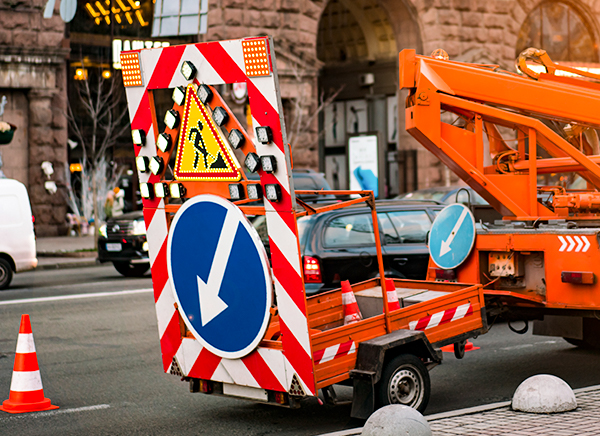
The core NRSWA routes
NRSWA Streetworks Operative Course
This route suits those who do the work: excavation, reinstatement, and site set-up. The course focuses on practical control and safe methods. As a result, delegates leave ready to apply the Code.
You will cover:
- Preparing a safe work area on footways and carriageways.
- Signing, Lighting and Guarding to Red Book standards.
- Excavating and reinstating varied surfaces without damage.
- Daily checks, record keeping, and communication on busy sites.
On completion, you receive unit certificates and can apply for your SWQR Operative card. Employers and highway authorities recognise this credential across the UK.
NRSWA Streetworks Supervisor Course
Supervisors do not repeat the operative tasks. Instead, they plan, monitor, and sign off the work. They ensure that teams follow the Code and that hazards are controlled. In practice, that means coaching people, checking the set-up, and challenging unsafe acts.
You will cover:
- Quality control for excavation and reinstatement.
- Overseeing traffic management and pedestrian routes.
- Enforcing health and safety rules on live roads.
- Evidence, audits, and liaison with the authority.
After assessment, you can obtain the SWQR Supervisor card and demonstrate competence to manage streetworks.
Mandatory controls: the Red Book in action
Every site needs robust signing, lighting and guarding. The principles are simple. Sites must be understandable at a glance. Road users must see what is expected of them. Pedestrians must have safe alternatives, including those with mobility or visual impairments. The Red Book explains layouts, tapers, and minimum spacings. Supervisors confirm that the plan meets the standard before work starts.
Because these controls save lives, the system splits into two matching units:
- Unit O1 (Operatives): install and remove the equipment safely.
- Unit S1 (Supervisors): check, direct, and maintain compliance.
NRSWA Unit O1 (formerly Unit 2): Signing, Lighting and Guarding – Operatives
The O1 unit is hands-on. You place cones, barriers, signs, and temporary lights. You check visibility and adjust layouts as conditions change. Furthermore, you keep exits clear and protect trenches and openings. The aim is clarity and control.
Typical outcomes:
- Select the correct kit for site constraints.
- Set out safe pedestrian routes and crossing points.
- Sequence installation and removal to avoid exposure.
- Restore the area cleanly and document the checks.
NRSWA Unit S1 (formerly Unit 10): Signing, Lighting and Guarding – Supervisors
The S1 unit is about oversight. You verify that the installed layout matches the plan and the Red Book. You also ensure that lighting is effective at dusk and in poor weather. Additionally, you confirm maintenance routines and check the barriers after deliveries or plant movements. NRSWA Courses
Typical outcomes:
- Assess risk, traffic speed, and pedestrian demand.
- Direct operatives to adjust the layout without delay.
- Record compliance evidence for audits and permits.
- Liaise with the street authority when conditions shift.
Locating underground services: NRSWA Unit LA (CAT & Genny)
Striking live services is a critical risk. Damage causes injury, outages, and large claims. The Unit LA course teaches the safe use of the CAT (Cable Avoidance Tool) and Genny (Signal Generator). Delegates learn to scan, mark, and confirm. They also plan digs to avoid conflict with known routes. Consequently, they reduce the chance of a strike. NRSWA Streetworks
You will cover:
- Device set-up, calibration, and modes.
- Detecting power, radio, and generated signals.
- Interpreting ambiguous readings and tracing depth limits.
- Mark-out good practice and hand digging controls.
Reassessment and SWQR: keeping your card valid
NRSWA cards last five years. Before expiry, book your re-assessment and keep your record live. SWQR even offers expiry alerts at 90, 60 and 30 days. Therefore, teams can renew on schedule and avoid stoppages.
Key points:
- Re-registration is required every five years.
- You may re-register up to three months after expiry; do not delay.
- Centres submit results to SWQR, which issues the new card.
Because projects depend on carded people, employers should track expiry dates and plan refreshers quarterly. That habit removes risk and protects programmes.
Choosing a training provider: what good looks like
A strong provider offers more than a classroom. Look for recognised accreditation, experienced instructors, and nationwide coverage. Verify knowledge of the Red Book and current SWQR processes. Additionally, check delivery in languages your teams use day-to-day.
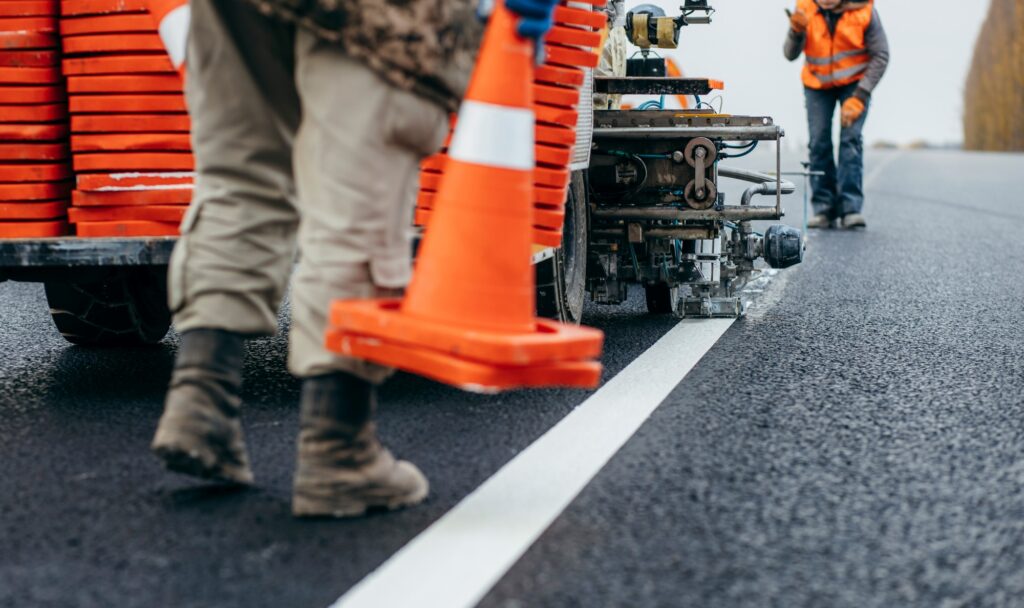
Construction and Plant Training Services (CPTS LTD) delivers:
- Over three decades of industry experience and stable delivery.
- Nationwide training options and on-site programmes.
- A zero-cancellation policy that protects your schedule.
- Competitive pricing across Operative, Supervisor, Unit LA, O1/S1, and reassessment.
- Multilingual support, including Polish, for clear learning.
As a result, operatives and supervisors leave prepared to work safely and legally.
Which course should you choose?
Use the role first, then add units:
- New operative: Operative course + Unit O1. Add Unit LA if you work near buried services.
- New supervisor: Supervisor course + Unit S1.
- Experienced staff near expiry: book reassessment.
- Teams moving into utilities work: add Unit LA (CAT & Genny) as standard.
Because projects differ, you may add units later. However, it is cheaper to plan the route once and train in blocks.
Booking and logistics
Courses run year-round with classroom, yard, and on-site options. Durations vary by unit. Unit LA and O1/S1 are typically one day including assessment. Larger Operative and Supervisor routes may span several days. Providers submit successful results to SWQR so cards can be issued quickly.
For dates and availability, contact CPTS LTD or visit the website:
https://www.cpcs-training-courses.co.uk/nrswa-streetworks-training/
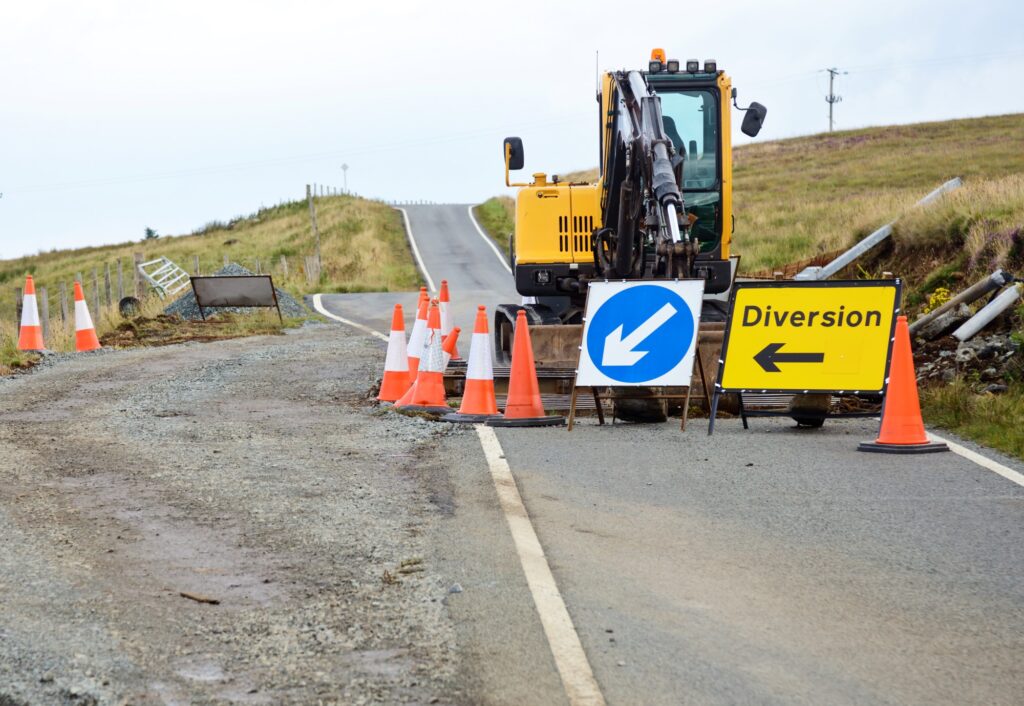
Frequently asked questions – streetworks training
What is the Red Book?
It is the official Code of Practice for safe Signing, Lighting and Guarding of street and road works. Sites must follow it to protect the public and workers.
How long is the SWQR card valid?
Five years from the issue date. Plan your reassessment before it expires.
Can I re-register after my card expires?
Yes, within three months of the expiry date under current SWQR rules. After that period, discuss options with your centre.
What does CAT & Genny training cover?
Safe use of the locator and generator to detect underground services before you dig. It reduces the risk of strikes and outages.
What is the difference between Unit O1 and S1?
O1 is for operatives who install the kit. S1 is for supervisors who check and direct the set-up. Both align with the Red Book.
Summary about NRSWA streetwork training courses
NRSWA training gives structure to streetworks. It keeps people safe and projects legal. With CPTS LTD, you can train new starters, refresh experienced teams, and add specialist units such as Unit LA. Meanwhile, robust planning ensures the SWQR record stays live and your programme stays on track.
When you are ready, choose your route and book. The road will be safer for it.



